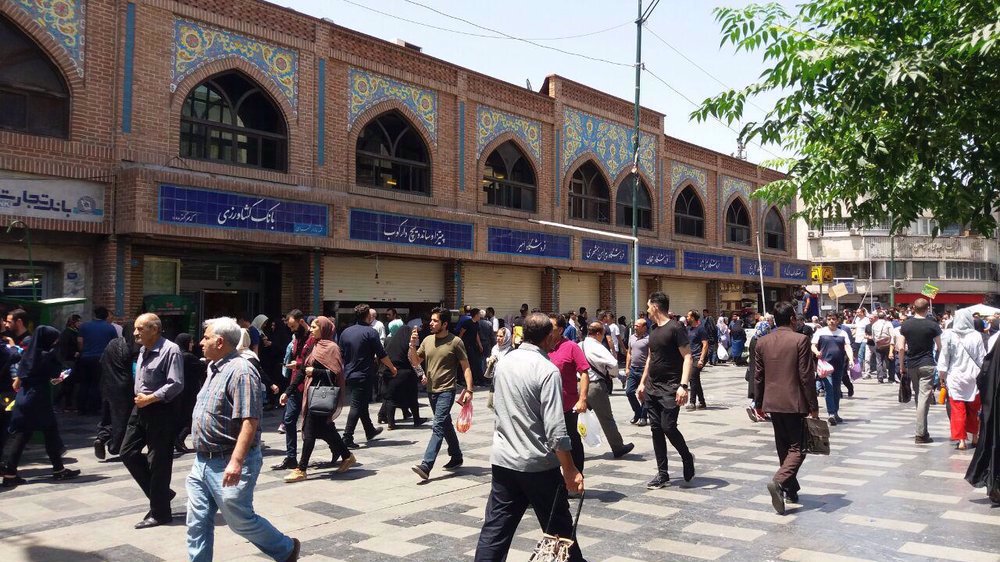Discovery of 10 million-year-old fossils in Iran
When Nikolai Khanykov tripped over a bevy of rocks in Iran's Maragheh in 1840 that intrigued him to send a small collection to Russia for examination, what he had in his mind is anybody’s guess.
Posted as general consul in nearby Tabriz, Khanykov was at the spearhead of the Russian Cause in Central Asia, the Caucasus, Persia, and Afghanistan, pushing ahead the Oriental activities of Russian imperial diplomacy and the military.
He spent his last eighteen years in France where he published an overwhelming majority of his findings, rousing the curiosity of globetrotting fortune hunters of the West such as German mineralogist Hermann Abich who studied the Maragheh fauna in the latter half of the nineteenth century.
Domestic enterprisers were no less tantalized. In 1884, a merchant from Tabriz invited Austrian paleontologist H. Pohlig to visit the locality. Two years later, Pohlig had made the first comprehensive collection of the Maragheh Basin, sampling fossils from nearly all sections which are currently held in the Natural History Museum of Vienna.
Two other Austrian paleontologists visited Maragheh later and made an extensive collection of fossils, selling some to the British Museum of Natural History in London.
However, it was the French who made an expedition at a very grand scale to Maragheh in 1904, employing local laborers to excavate a large sample of fossils from the locality and ship them to the Museum of Natural History in Paris.

Over the next century, other expeditions occurred by teams from the US, Japan, Britain, Germany and the Netherlands which scoured every nook and cranny and took away whatever they could from their excavations.
After the Islamic Revolution in 1979, Iran’s Department of the Environment (DOE) and National Museum of Natural History (MMTT) sponsored new excavations in the area, which resulted in the nomination of 10 km2 of the Maragheh fossiliferous area as a national protected zone and the establishment of a field museum and research station in the area.
In 2015, Iran repatriated 1,500 fossils dating back to nine million years ago from the United States after a long battle. They had been discovered in Maragheh by paleontologists from Harvard University and transported to the US a year before the Islamic Revolution.
Today, the area has the highest environmental protection level, where eight research excavations have been carried out over the past years and nearly 2,000 unique fossils of vertebrate animals such as elephants, giraffes, saber tooth bears, cows, deer, rhinoceros and horses have been obtained.

Elephant tusks, the scull, jaw and movement organs of animals are among the fossils discovered in the excavations.
“Geological and paleontological research shows that these animals are the ancestors of today's animals in Africa,” said Gholamreza Zare, the head of the Maragheh Environmental Protection Department.
In July 2021, the DOE director in Iran’s East Azarbaijan province announced that two mammoth tusks dating back to 15 million years ago had been discovered in Maragheh.
Last October, provincial officials announced that some 400 fossils of 10 million-year-old creatures had been discovered in the village of Ahagh near Maragheh.
Maragheh is considered one of the three most preeminent Late Miocene faunas in western Eurasia along with those of Samos and Pikermi in Greece.

Compared with Pikermi and Samos, Maragheh is viewed as a unique “Lagerstätte” or deposit because of the sheer abundance and diversity of its fauna.
Investigations have revealed that the Maragheh fauna spans from a range of 9.5 to 6.5 million years and presents an especial correlation with that of Saloniki in Greece and Mt Luberon in France in addition to Samos and Pikermi, comprising the so-called Pontian mammals’ communities.
Also referred as the “Maragheh fossil paradise" by paleontologists, the area in northwest Iran is one of the most unique geosites around the world whose specimens answer to important questions about mammals evolution.
Replete with outcrops of unique mammal fossils, such as ancient elephants, rhinos, giraffes, mastodons, extinct three-toed hipparion horses, etc., findings from the region can be applied to understand paleoenvironments and model and forecast weather and climate changes.

Research on fossil paleo diet indicates grazing, feeding, and browsing among an abundance of mixed taxa in the area, suggesting Maragheh nurtured a significantly wooded environment.
Today, it is among 12 Iranian cities with a background of being a capital and one of the 10 cities with the largest number of historical monuments, but its plot of dominantly bushy vegetation is empty of any wooded setting.
China warns US-backed Philippines of ‘resolute’ response
Yemen vows crushing response to Israel over Hudaydah port raids
Italy appoints ambassador to Syria as Europe races for engagement with Damascus
Fires rage across US West; state of emergency in California
VIDEO | Campaign rallies end ahead of Venezuela’s presidential election
VIDEO | Pakistanis hold protest against taxes on electricity bills
VIDEO | Yemen protests Israeli aggression, vows continued support for Palestine
Missile barrage hits base housing US forces in eastern Syria









 This makes it easy to access the Press TV website
This makes it easy to access the Press TV website